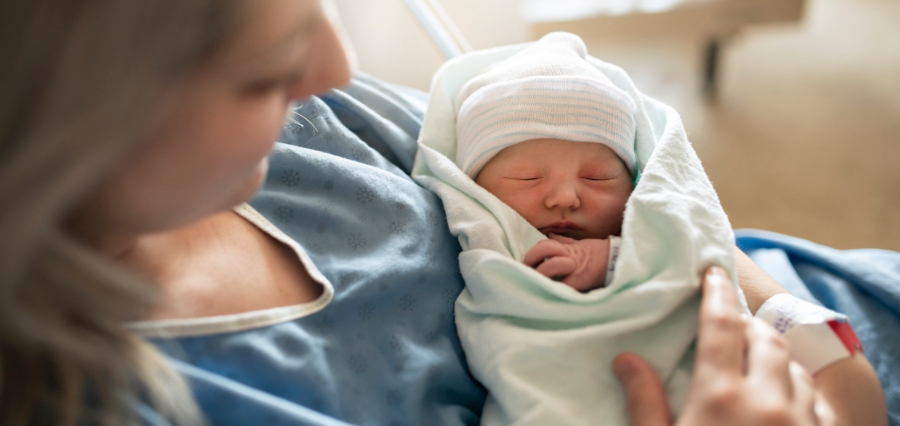Ever wondered how to tell the difference between low blood sugar and low blood pressure? In this article, we’ll break down these two conditions
Definition
| Low Blood Sugar {1} | Low Blood Pressure {2} |
| It’s when your blood glucose level drops so low. | It’s when blood pressure is much lower than normal. |
Possible Causes
| Low Blood Sugar {3} | Low Blood Pressure {4} |
| – Diabetes
– Medications and illnesses – Heavy alcohol consumption – Malnutrition and starvation – Tumours that cause excessive insulin release – Hormone deficiencies – Surgeries |
– Pregnancy
– Heart conditions – Low blood sugar – Hormone deficiencies – Dehydration – Internal bleeding – Injuries causing blood loss – Severe infections and allergic reactions – Anaemia – Medications and illnesses |
Symptoms
| Low Blood Sugar {5} | Low Blood Pressure {6} |
| – Trembling
– Weakness – Sweating and chills – Extreme hunger – Dizziness – Faster heart rate – Confusion – Anxiety – Numbness in lips, tongue and cheeks – Blurred vision – Slurred speech – Clumsiness – Loss of consciousness – Restless sleep and nightmares |
– Fatigue
– Dizziness and Fainting – Vision changes
|
Treatment
| Low Blood Sugar {7} | Low Blood Pressure {8} |
| ● If it’s moderate:
– Consume 15-20 grams of fast-acting carbohydrates. – Recheck blood sugar levels after 15 minutes. – If still low, repeat consumption of 15-20 grams of carbohydrates and recheck in another 15 minutes. – Once blood sugar stabilises, eat a healthy meal. ● If it’s severe: – glucagon injection or intravenous glucose |
● If the cause is clear:
– The treatment depends on the cause. ● If the cause isn’t clear: – Use more salt after checking with a healthcare professional. – Drink more water. – Wear compression stockings. – Medicines |
Prevention
| Low Blood Sugar {9} | Low Blood Pressure {10} |
| If you have diabetes:
– Follow your meal plan. – Have at least three meals each day, spaced out with snacks in between. – Eat your meals about 4 to 5 hours apart. – Exercise for 30-60 minutes after meals. Check your blood sugar before and after working out. – Always double-check your insulin and the dose of medicine before taking it. – Know when your medicine works best in your body. – Test your blood sugar as often as advised. – Wear a medical ID bracelet that states you have diabetes.
|
– Avoid using recreational drugs or herbal supplements that may decrease your blood pressure.
– Eat smaller meals that are lower in carbohydrates. |
Resources:
- Low Blood Glucose (Hypoglycemia) – NIDDK (nih.gov)
- Low Blood Pressure – Symptoms and Causes (pennmedicine.org)
- Hypoglycemia – Symptoms and causes – Mayo Clinic
- Low blood pressure (hypotension) – Symptoms and causes – Mayo Clinic
- Hypoglycemia (Low Blood Sugar): Symptoms & Treatment (clevelandclinic.org)
- Diabetes and Low Blood Pressure (verywellhealth.com)
- Hypoglycemia – Diagnosis and treatment – Mayo Clinic
- Low blood pressure (hypotension) – Diagnosis and treatment – Mayo Clinic
- Hypoglycemia (Low Blood Sugar Levels): Symptoms, Causes, Treatment (webmd.com)
- Low Blood Pressure (Hypotension): Causes & Symptoms (clevelandclinic.org)
Read More: Click Here









